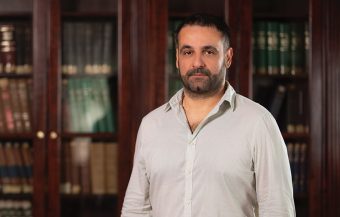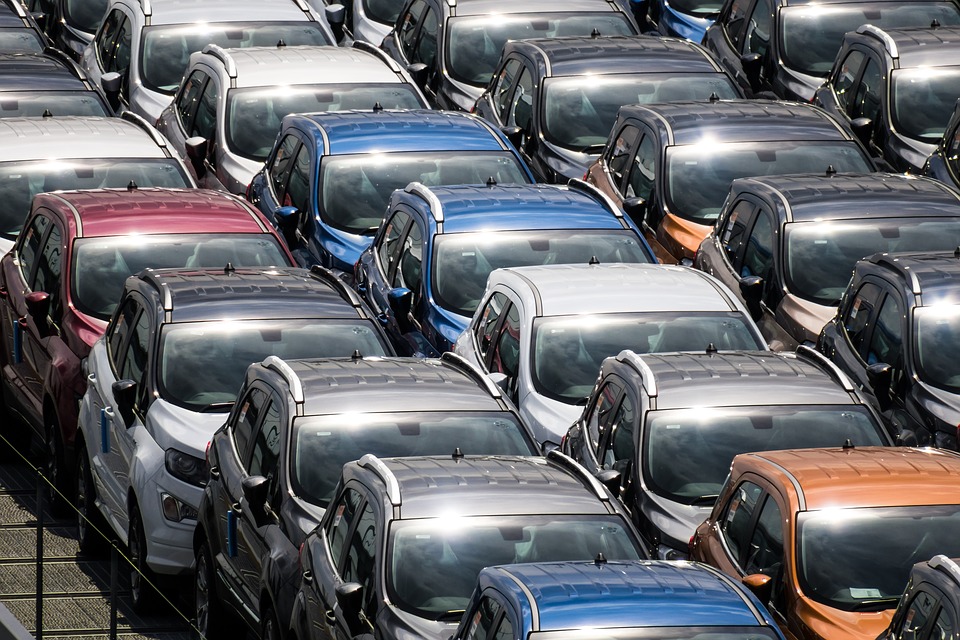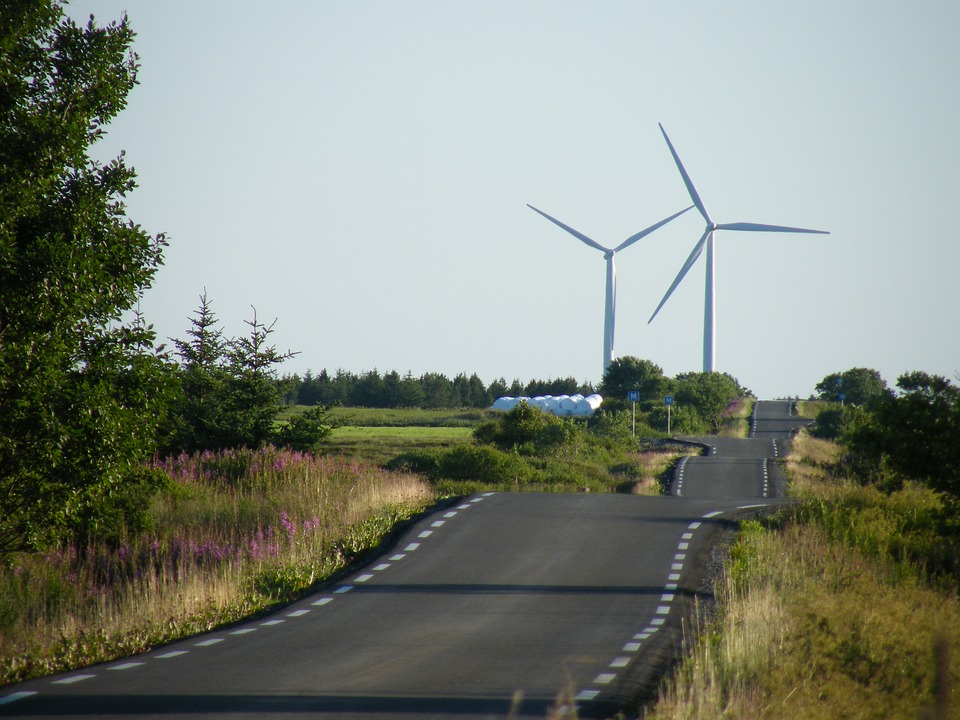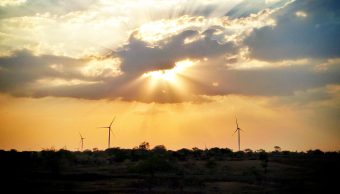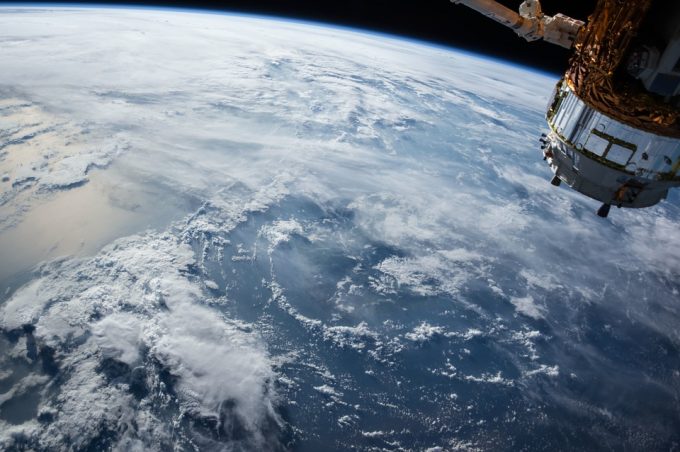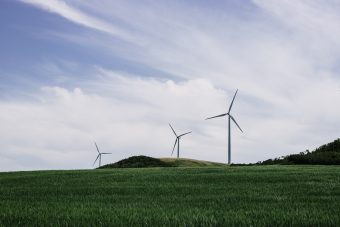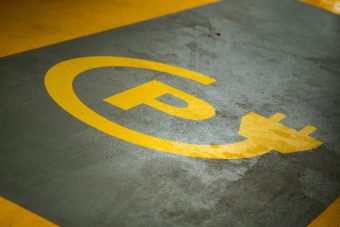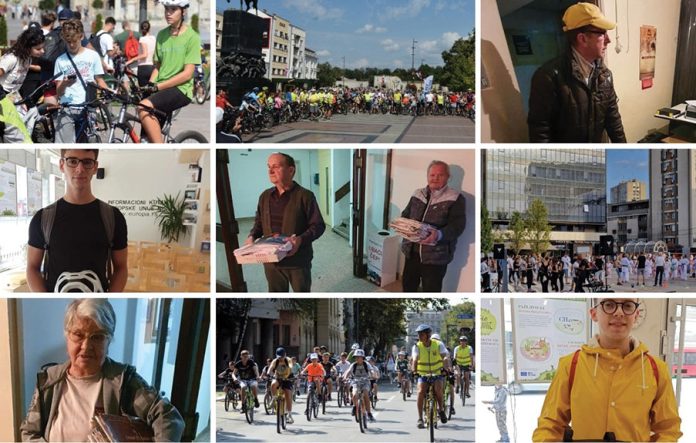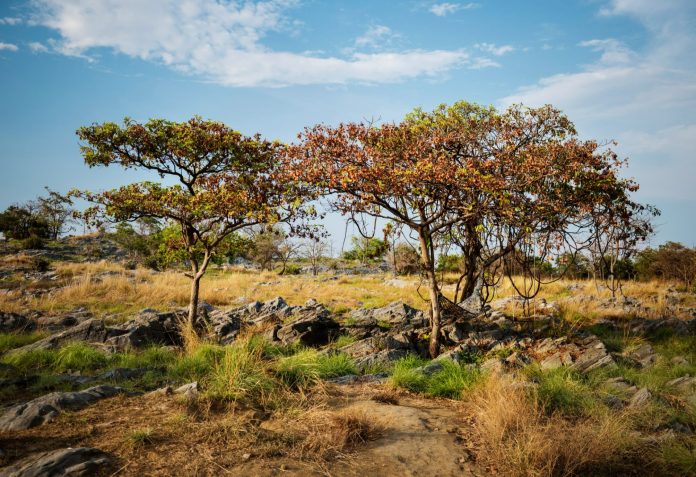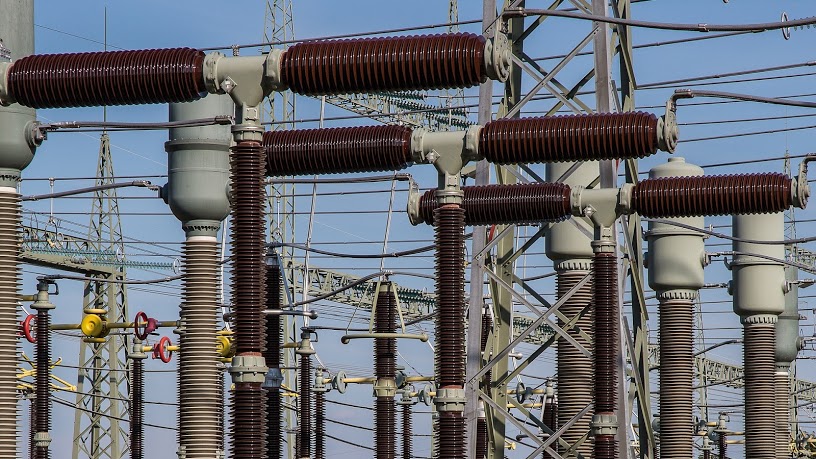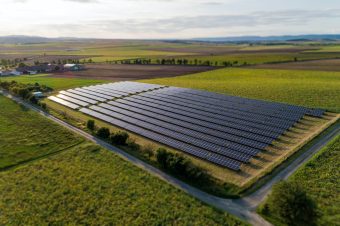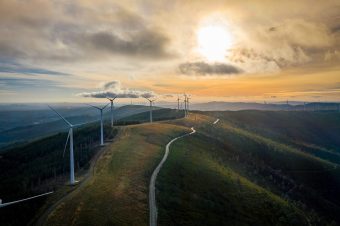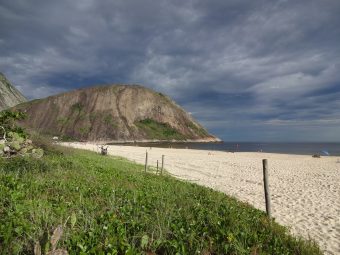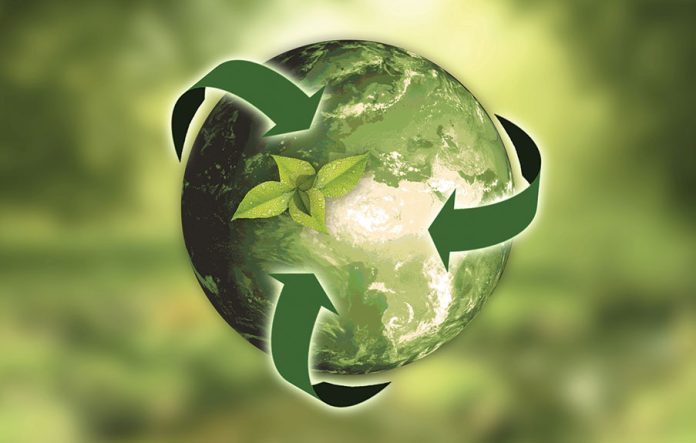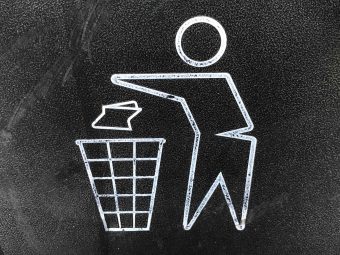
In the face of increasing threats to coral ecosystems and the recent announcement of a fourth global coral bleaching event, the Global Fund for Coral Reefs (GFCR) Executive Board has announced over 25 million USD in additional grant funding to scale-up resilience efforts across coral nations. Announcements include a new blended finance programme for Egypt’s Red Sea, funded by the United States Agency for International Development (USAID).
“Without collective action at pace and scale, scientists estimate that 90 per cent of remaining coral reefs may be lost by 2050, with dire consequences for the communities and economies they support. To face this crisis, the GFCR Coalition has established a robust portfolio of innovative, market-based solutions spanning 23 nations to protect critical coral reef refugia – Earth’s most resilient reef ecosystems,” said Peter Bryant, Builders Initiative’s Program Director for Oceans, and GFCR Executive Board Member. “The new GFCR announcements, representing an increase of more than 25 million USD for resilience-based efforts, will aid the sustainable blue transition of local economies and unlock greater conservation funding flows for generations to come.”
A new GFCR programme, Egyptian Red Sea Initiative, aims to increase the protection of one of the longest-living and most resilient reef ecosystems in the world. Supported by a major funding commitment from USAID, this initiative, in partnership with the Government of Egypt and the UN Development Programme (UNDP), will establish a landmark Egyptian Fund for Coral Reefs to leverage up to 50 million USD in private and public funding for sustainable blue economic transition and conservation efforts. Additional market-based solutions to be supported by a coral reef business incubator, include organic waste recycling for coastal farming, aquaculture to support ecosystem restoration, and mooring systems to avoid boat-related reef damage.
More:
- THE WORLD’S CORALS ARE BLEACHING – HERE’S WHY
- UNEXPLORED SEABED OF NORWAY: CHALLENGES AND OPPORTUNITIES OF SEA MINING
- WARMING, ACIDIFICATION, DROPPING OXYGEN LEVELS THREATEN EUROPE’S SEAS
“The Egyptian Red Sea Initiative is a ground-breaking collaboration in blended finance to conserve Egypt’s coral reefs. USAID, in partnership with the Government of Egypt, international and local organisations, and private and non-profit donors and investors, is committed to safeguarding the Red Sea’s vital ecosystem and the communities it supports, while promoting economic growth and sustainable development for the Egyptian people,” said Sean Jones, Mission Director, USAID Egypt.
New GFCR Executive Board announcements also include funding uplifts for the Mesoamerican Region (MAR), country programmes in Indonesia and the Philippines, as well an initiative on Pemba Island, Zanzibar.

In the Philippines, which hosts the world’s third-largest coral reef area, the GFCR-supported programme led by Blue Alliance Marine Protected Areas has already unlocked catalytic donor and impact investor funding to operationalise a Marine Protected Area (MPA) Impact Loan Facility. New GFCR support will scale implementation to cover more than 100 MPAs hosting 80,000 hectares of significant coral refugia coverage and increase the resilience of more than two million members of coastal communities. The funding uplift will expand reef-positive business solutions spanning ecotourism, community-based aquaculture, and sustainable fisheries, incorporated in the programme’s MPA finance strategy.
In Indonesia, located in the heart of the Coral Triangle, the additional support from the GFCR will help ensure sustainable long-term funding for effective MPA management and financing access for reef-positive enterprises. With an emphasis on supporting local women, the increased funding seeks to enable the growth of at least 10 additional reef-positive businesses, including community-led seaweed hatcheries and handling facilities, ecotourism ventures, and sustainable aquaculture.
“Innovation to support the acceleration and scale-up of models in effective MPA management that links with coral-positive business is critical to support Indonesia’s Blue Economy vision. Our vision is grounded in protecting coastal and marine ecosystems that provide food security, livelihoods for communities and support the growth of the nation,” said Meizani Irmadhiany, Senior Vice President & Executive Chair of Konservasi Indonesia. “GFCR’s support provides catalytic funding to strengthen effective management and funding flows to MPAs, create innovative models to scale impact through support in sectors such as responsible tourism, seaweed and fisheries development that incentivize the long-term protection of critical coral reef habitats.”
Read the full text here.
Source: UNEP



